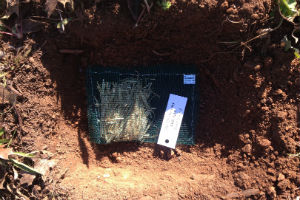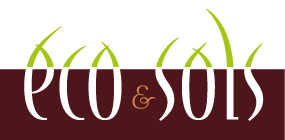 Stoichiometric interactions between trophic resources and decomposers in a soil usage gradient: effects on carbon, nitrogen and phosphorus flows
Stoichiometric interactions between trophic resources and decomposers in a soil usage gradient: effects on carbon, nitrogen and phosphorus flows
Ecological stoichiometric theories are an effective approach for linking the functioning of living soil organisms and biogeochemical cycles. Until now, most studies using these approaches have been carried out in natural ecosystems. Litter is the main trophic resource for soil organisms. Litter decomposition processes use stoichiometric interactions between resources and decomposers and constitute a model for understanding the functioning of the soil microbial biomass and the associated nitrogen and phosphorus flows.
Aim
The general aim of the project is to determine, dynamically, the stoichiometry of soil microbial decomposers and their strategy for adapting to a varied resource in a soil subject to different cropping practices. These differences in behaviour are essential for understanding and modelling the flows of the main nutrients, in particular N and P, in natural and cultivated ecosystems.
Date
2015-2016
Partners
CEFE, UE Diascope
Funding
Pari Scientifique 2015 - INRA, Département EA
Contact
Isabelle Bertrand, Eco&Sols, INRA Montpellier
e-mail :






